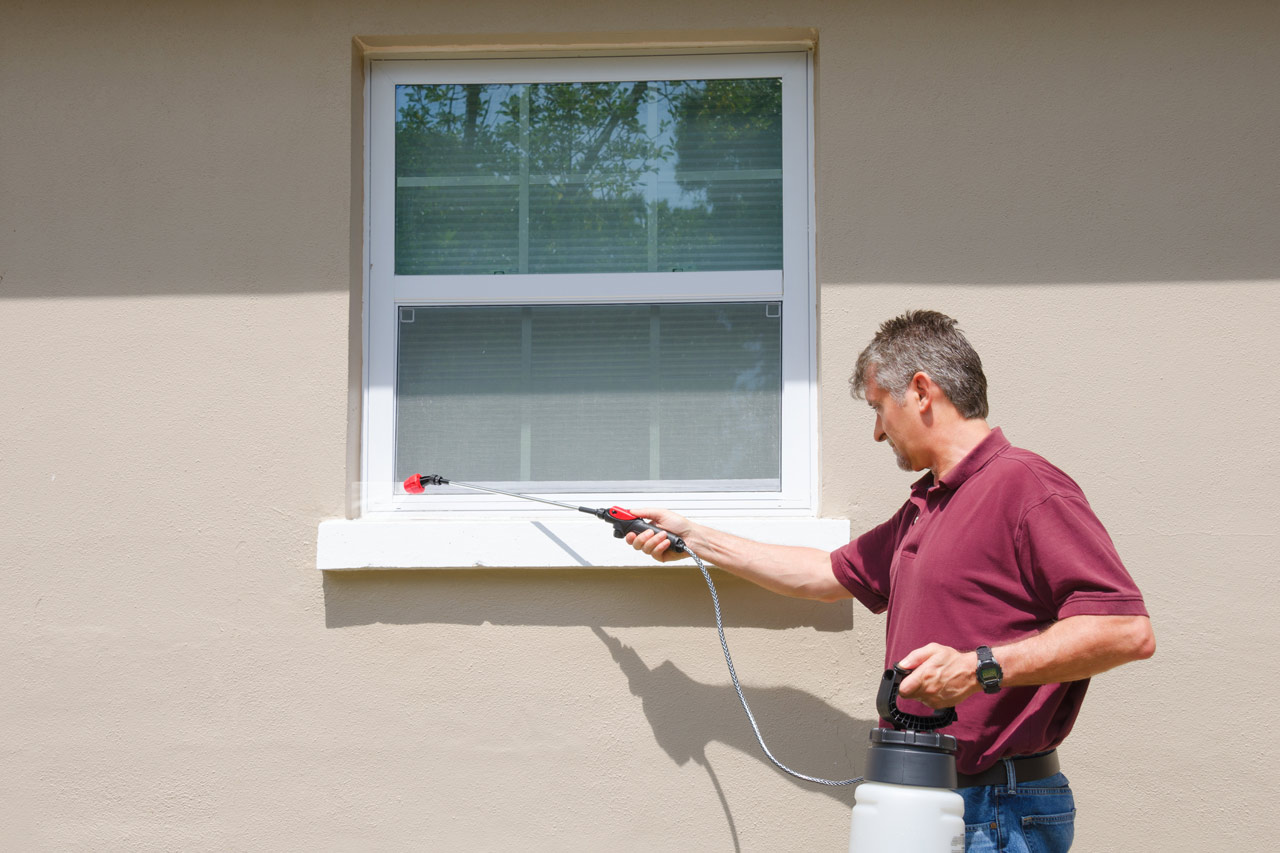
Get matched with top bee removers in your area
Enter your zip and get matched with up to 3 pros
Matching on HomeAdvisor


Bee removers in Bend
Bee removals FAQs
Swarms of bees stay for just a few hours, but can remain for two or three days. Under the right conditions, beehives can last indefinitely, as bee colonies are self-sustaining. The queen is the heart of the hive and can live for up to five years. As she ages and her egg production declines, the worker bees replace her by raising a new queen.
Worker bees live up to six months if born in the fall, but only about 40 days when born in the spring or summer. Drones live between three weeks and three months. The queen continuously lays eggs that quickly mature to replace bees that die. Ask your beekeeper or pest control specialist for further details based on the type of bees you have.
Ideally, you should remove a bee's nest very early in the morning or late in the evening when all of the bees are in the hive.
Bees do not fly at night, so although they may buzz and show some activity, they will not fly or swarm. This allows you to remove the entire colony safely in one attempt. While bees may be slightly more active in the early morning or late evening, most will be in the hive, minimizing the number of stragglers left behind.
After complete bee removal, stray workers will not regroup if all traces of honey, comb, and pheromones are thoroughly eliminated. Professional removal procedures seal access points and remove every residue that could attract bees, ensuring the area remains bee‐free. Follow-up inspections confirm that prevention measures are effective, so your home remains secure against any re-infestation.





- Birmingham
- Phoenix
- Tucson
- Fresno
- Long Beach
- Los Angeles
- Modesto
- Sacramento
- San Diego
- San Francisco
- San Jose
- Denver
- Hartford
- Washington DC
- Fort Lauderdale
- Jacksonville
- Miami
- Orlando
- Tampa
- Atlanta
- Chicago
- Indianapolis
- Louisville
- New Orleans
- Baltimore
- Boston
- Detroit
- Grand Rapids
- Minneapolis
- Saint Paul
- Kansas City
- Saint Louis
- Las Vegas
- Albany
- New York
- Asheville
- Charlotte
- Greensboro
- Raleigh
- Winston Salem
- Cincinnati
- Cleveland
- Columbus
- Oklahoma City
- Portland
- Harrisburg
- Philadelphia
- Pittsburgh
- Providence
- Memphis
- Nashville
- Austin
- Dallas
- El Paso
- Fort Worth
- Houston
- San Antonio
- Salt Lake City
- Norfolk
- Richmond
- Virginia Beach
- Seattle
- Madison
- Milwaukee



